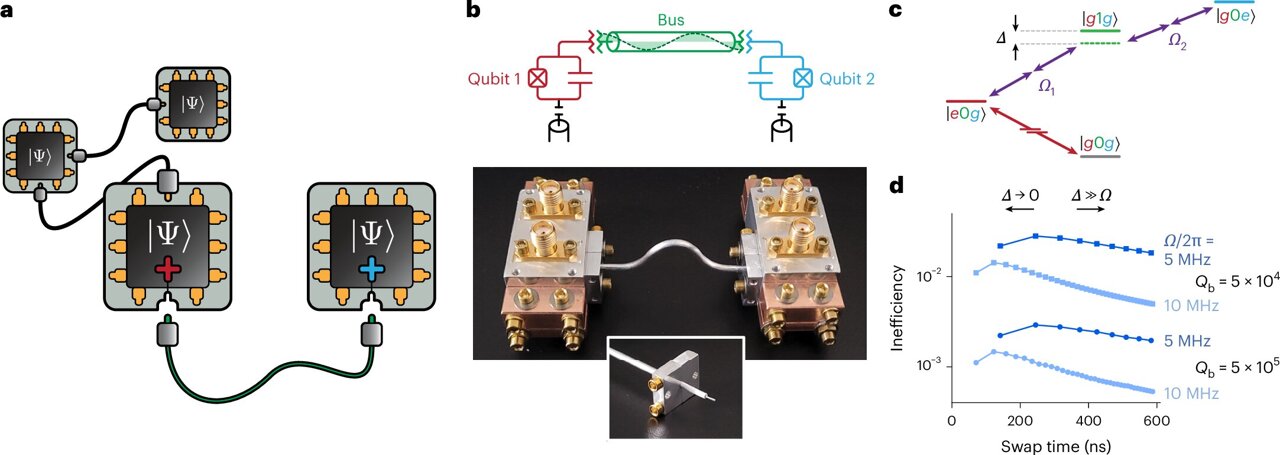Modular Design Enables Scalable Quantum Computing Breakthrough

The Power of Modularity in Quantum Computing
Modularity is a concept that has been around for centuries, often used in everyday objects like children's building blocks. These simple toys allow users to create complex structures by connecting smaller, standardized pieces. Surprisingly, this same principle is now being applied to one of the most advanced fields of science—quantum computing.
Building quantum computers in a single, monolithic structure is incredibly challenging. Unlike traditional computers, which rely on binary bits, quantum computers use qubits, which are far more delicate and difficult to manage. Scientists have found that constructing these systems as a single unit limits their size and performance. This is where modularity comes into play. By creating smaller, high-quality modules that can be connected together, researchers can build more powerful and flexible quantum systems.
A New Approach to Scalable Quantum Computing
A team of researchers from The Grainger College of Engineering at the University of Illinois Urbana-Champaign has made significant progress in this area. They have developed an enhanced modular architecture for superconducting quantum processors, which could revolutionize how we build and scale quantum computers. Their findings were published in Nature Electronics, marking a major step forward in the field.
Monolithic quantum systems face several limitations, including reduced scalability and lower fidelity. Fidelity refers to the accuracy of quantum operations, with a value of 1 representing perfect performance. The goal is to achieve a fidelity as close to 1 as possible. Modular systems, however, offer greater flexibility. They allow for easier upgrades, better error tolerance, and the ability to reconfigure components as needed.
Engineering a Better Future for Quantum Systems
Wolfgang Pfaff, an assistant professor of physics and senior author of the study, emphasized the importance of modularity in quantum computing. “We've created an engineering-friendly way of achieving modularity with superconducting qubits,” he said. Pfaff and his team have demonstrated a system where two devices are connected using superconducting coaxial cables, allowing qubits across different modules to interact.
This connection enables high-fidelity operations, such as entanglement and gate operations between qubits. The team achieved a SWAP gate fidelity of approximately 99%, meaning there is less than a 1% loss in performance. This level of quality is crucial for advancing quantum computing technologies.
The ability to connect and reconfigure separate devices while maintaining high performance opens new possibilities for designing communication protocols in quantum systems. Pfaff noted that finding an effective approach has been a long process for the field. “Many groups have figured out that what we really want is the ability to stitch bigger and bigger things together through cables, and at the same time reach numbers that are good enough to justify scaling.”
Looking Ahead: Scaling Up and Testing Performance
Now that the team has demonstrated the feasibility of their modular system, they are focusing on scalability. The next step is to connect more than two devices while maintaining the ability to detect and correct errors. Pfaff explained, “We have good performance. Now we need to put it to the test and say, is it really going forward? Does it really make sense?”
As research continues, the potential applications of modular quantum computing are vast. From solving complex problems in cryptography to advancing artificial intelligence, the future of quantum technology is becoming clearer. With innovations like those presented by Pfaff’s team, the path toward practical, scalable quantum systems is moving closer to reality.